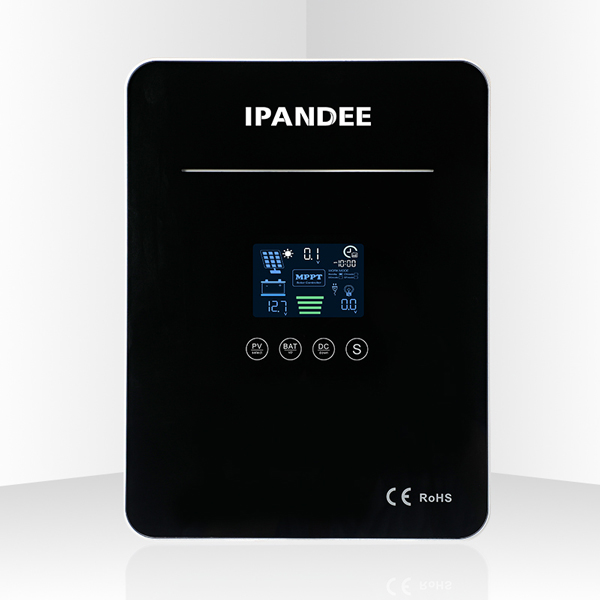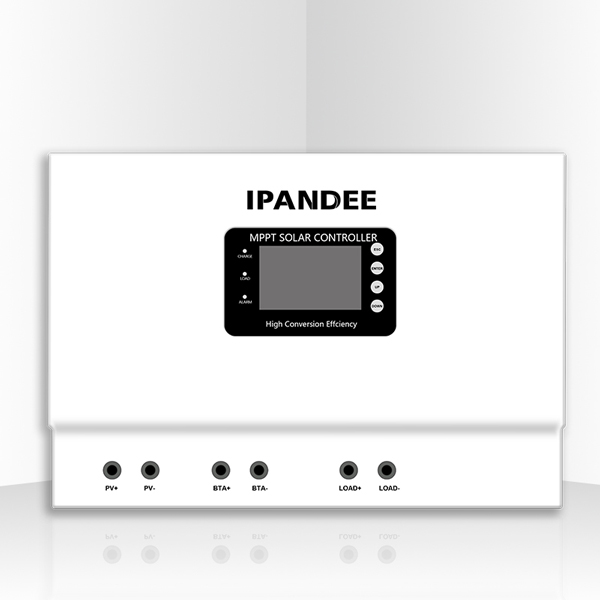In photovoltaic power generation, the photovoltaic inverter is the core component of the entire photovoltaic power generation, and in the photovoltaic inverter, MPPT is a very core technology. So, what is MPPT? Let's take a look together!
What is MPPT Solar Charge Controller?
The full name of ipandee MPPT charge controller is "Maximum Power Point Tracking" (Maximum Power Point Tracking) solar controller, which is an upgraded product of traditional solar charging and discharging controllers. MPPT controller can detect the photovoltaic panel's output voltage in real-time and track the highest voltage and current value (VI), so that the system can charge the battery with maximum power output. Applied in solar photovoltaic systems, it coordinates the work of solar energy battery panels, batteries, and loads, and is the brain of photovoltaic systems.
Maximum power point tracking system is an electrical system that can store the direct current emitted by photovoltaic panels effectively by adjusting the working state of the electrical module to make the photovoltaic panel output more electric energy. It can effectively solve the power consumption problem in remote and tourist areas where the conventional power grid cannot cover without causing environmental pollution.
What is the role of MPPT?
Due to the effects of external factors such as light intensity and environment, the output power of solar cells varies. The inverter with MPPT maximizes the use of solar cells and runs them at the maximum power point. In other words, with MPPT, the output power under constant solar radiation will be higher than without MPPT, which is the role of MPPT.
Principle of Maximum Power Point Tracking
With the development of electronic technology, the MPPT control of current solar cell arrays is generally achieved through DC/DC conversion circuits. The principle block diagram is shown in the figure below.
The photovoltaic cell array connects with the load through the DC/DC circuit. The maximum power tracking device continuously detects changes in the current and voltage of the photovoltaic array and adjusts the PWM drive signal duty cycle of the DC/DC converter according to these changes.
MPPT system principle block diagram
For a linear circuit, when the load resistance is equal to the internal resistance of the power supply, the power supply has maximum power output. Although the photovoltaic cell and DC/DC conversion circuit are strongly nonlinear, they can be considered linear circuits in a very short time. Therefore, by adjusting the equivalent resistance of the DC/DC conversion circuit to always equal to the internal resistance of the photovoltaic cell, the maximum output of the photovoltaic cell can be achieved, and MPPT of the photovoltaic cell is also achieved.
 English
English  한국어
한국어  français
français  Deutsch
Deutsch  Español
Español  italiano
italiano  русский
русский  português
português  العربية
العربية  tiếng việt
tiếng việt  ไทย
ไทย  Polska
Polska  中文
中文







